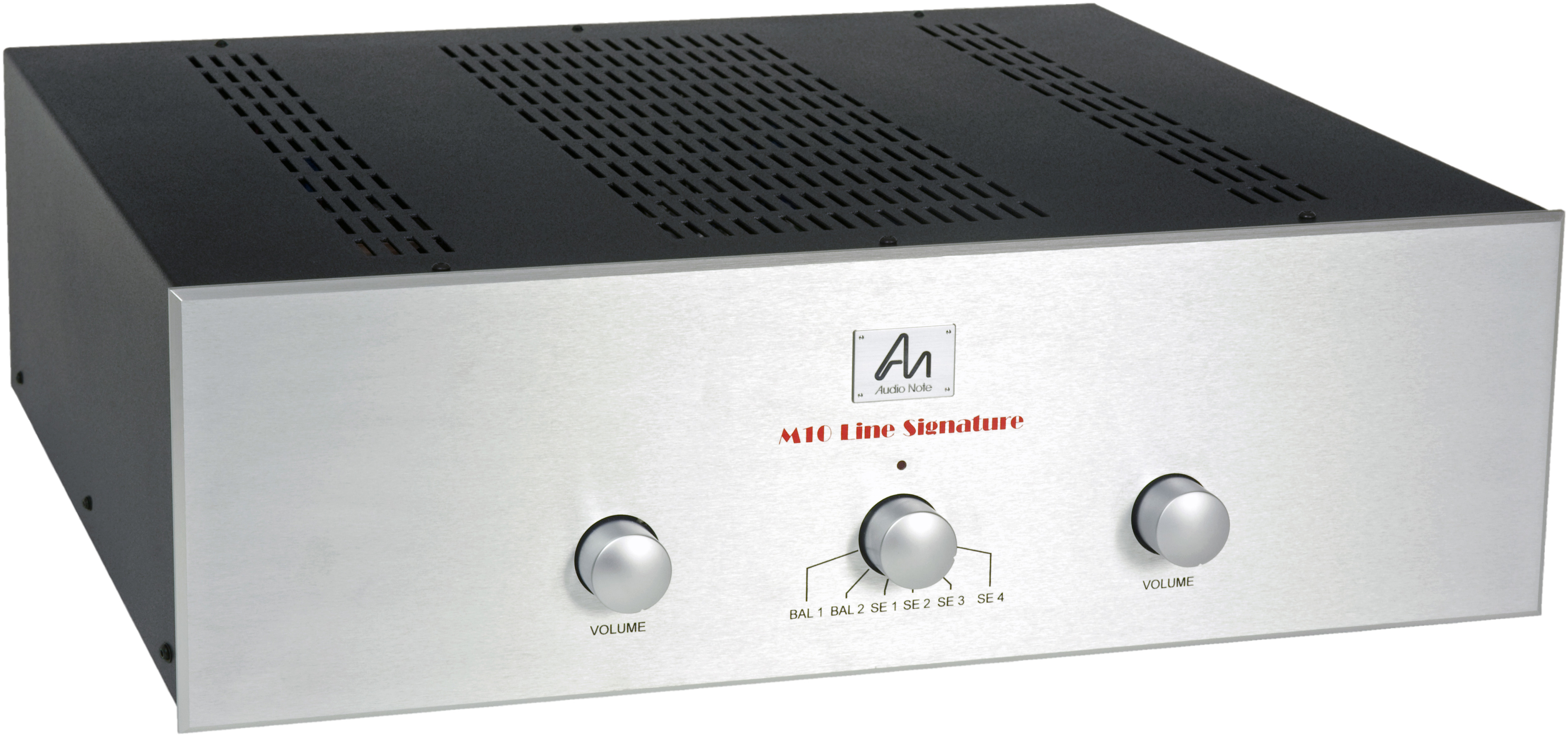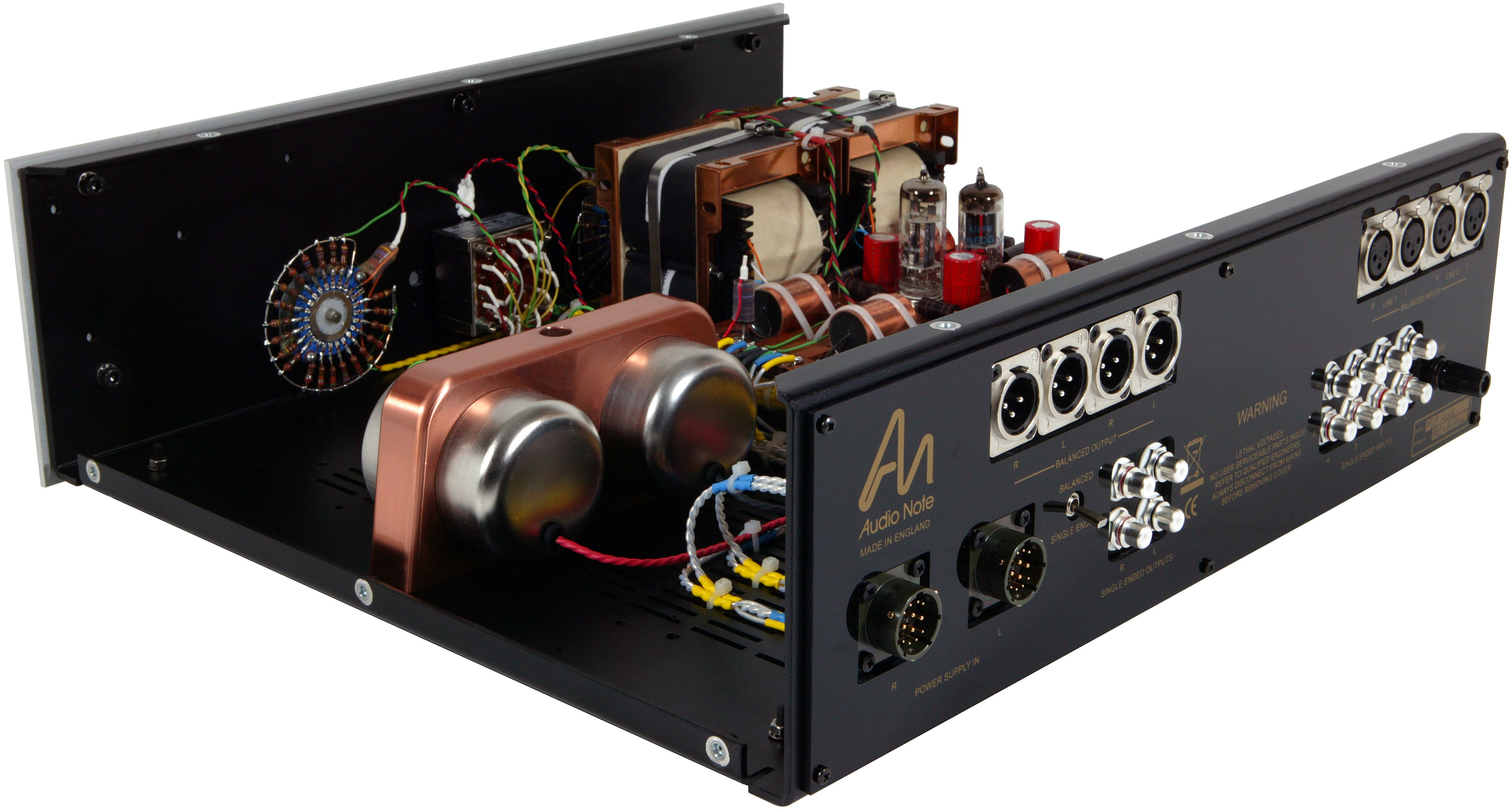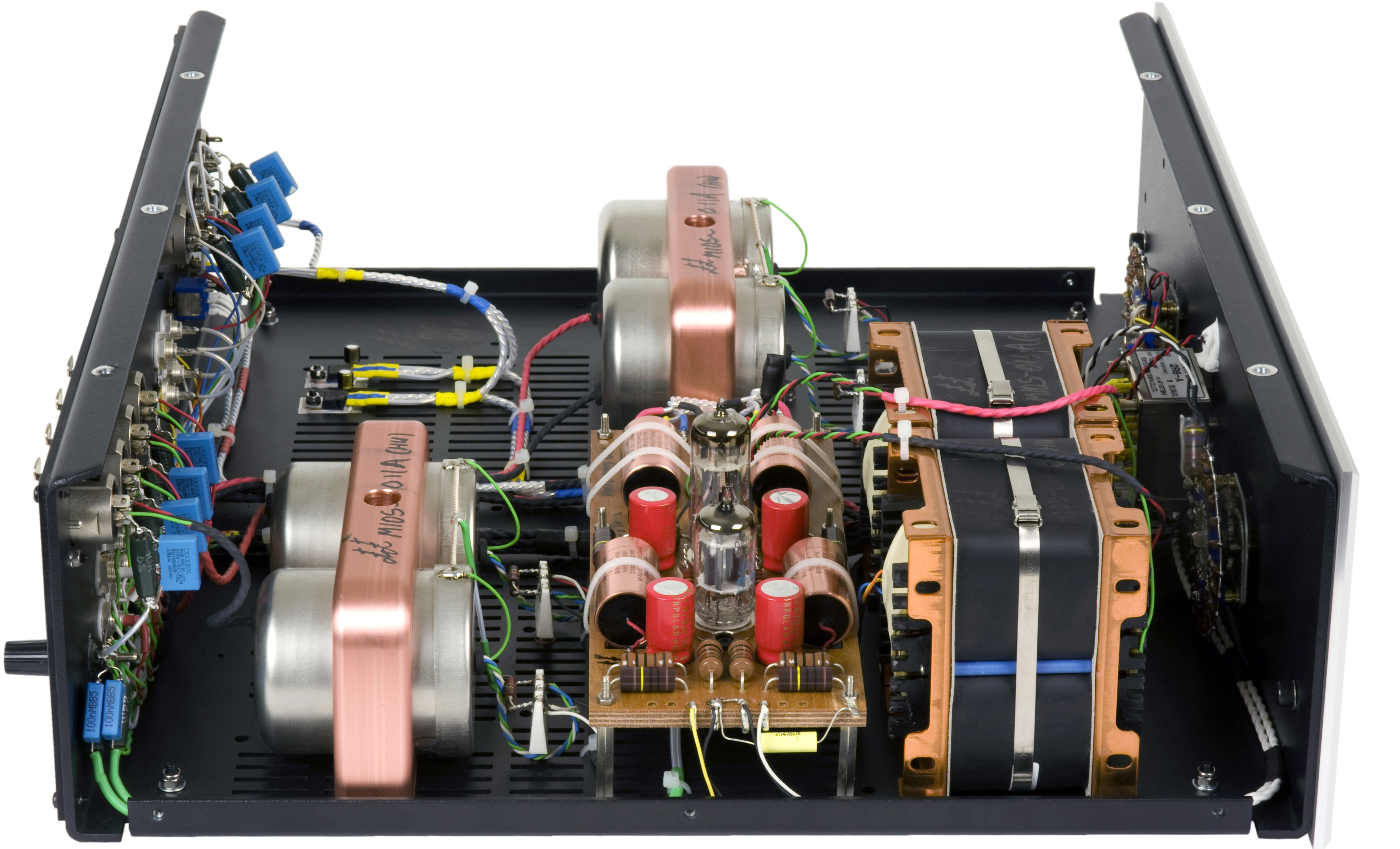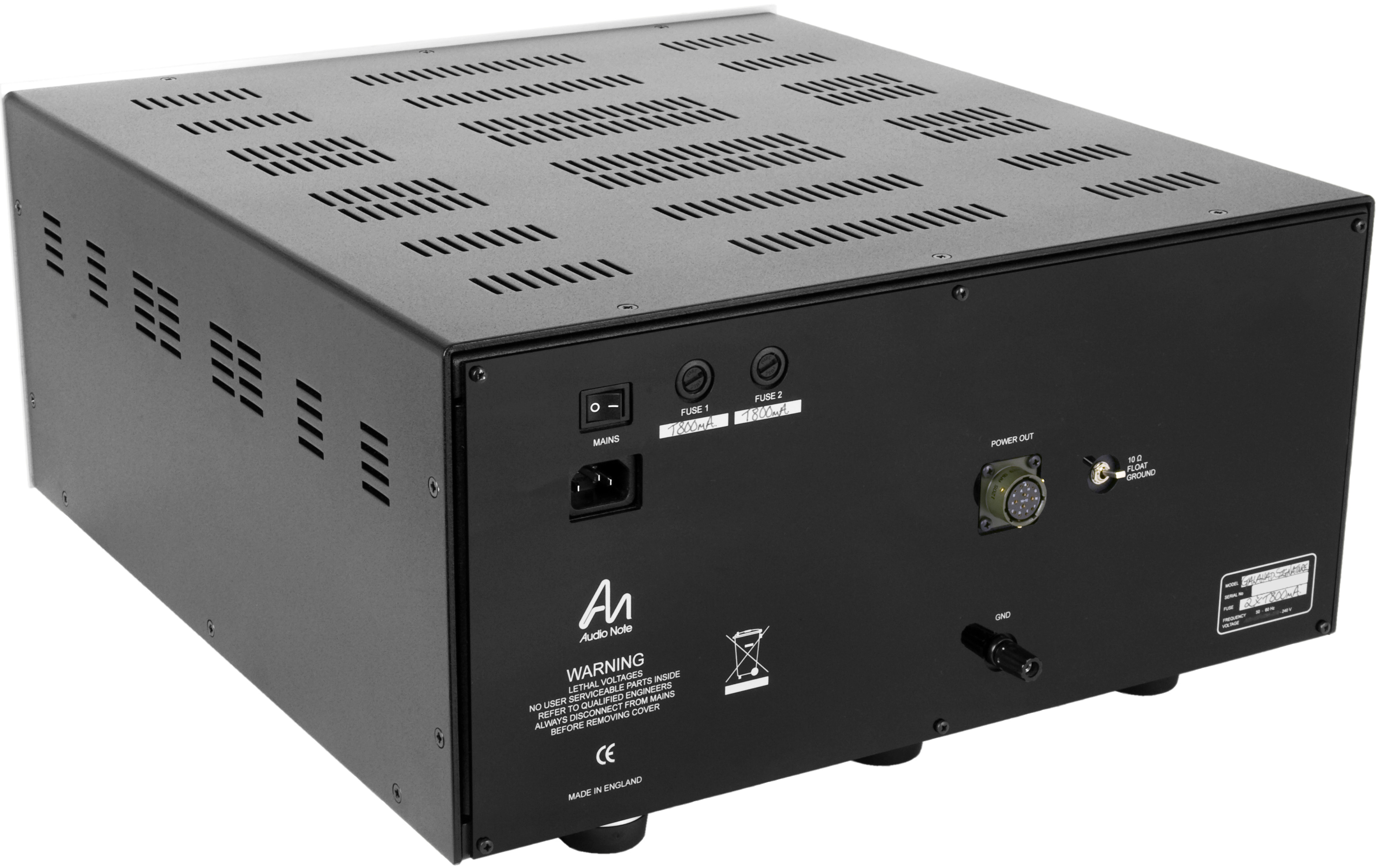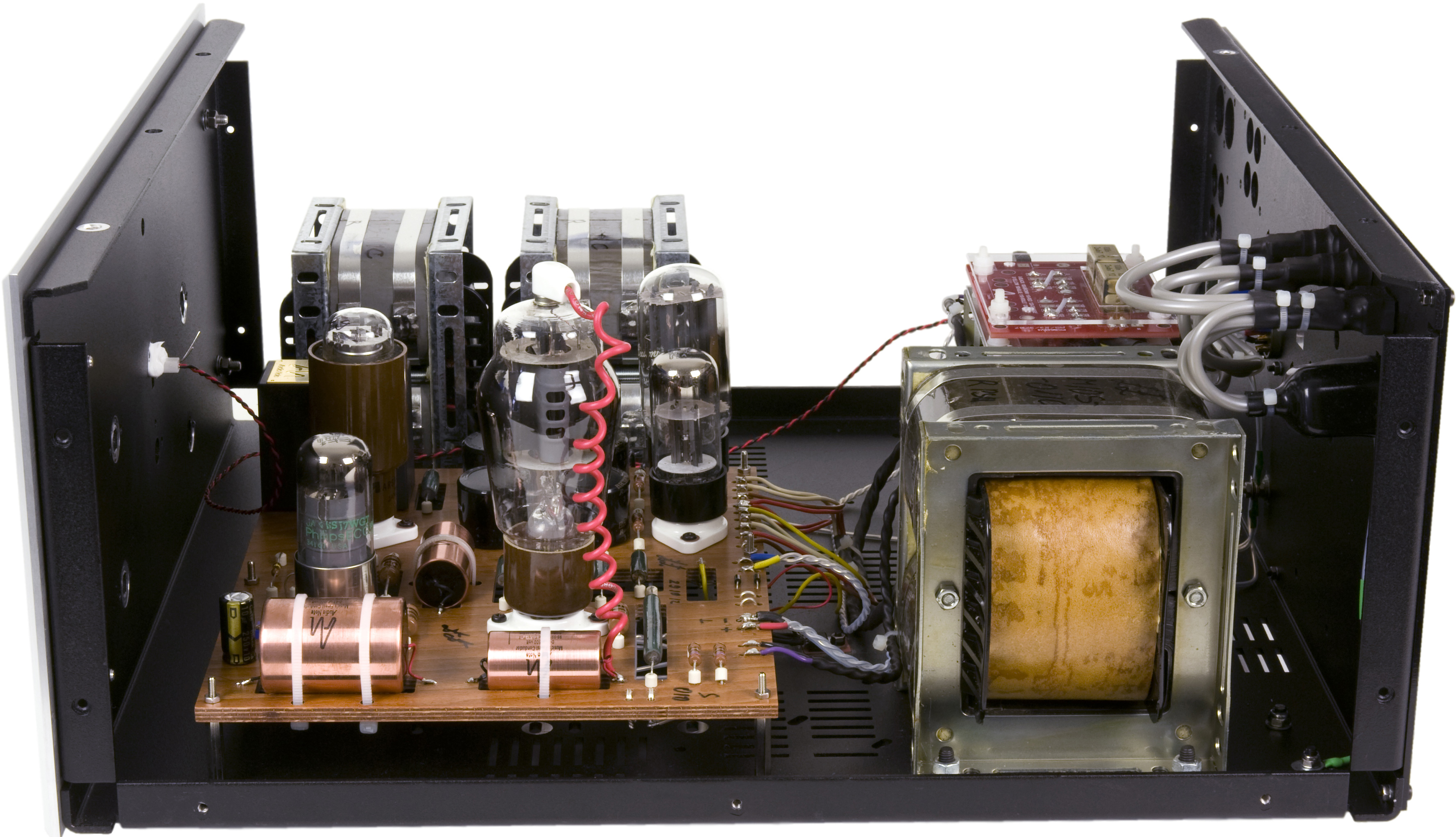Arrival and Set-up
No matter how hard you try, receiving new gear is always problematic, particularly interfacing with the shipper. Some months ago, I contacted Audio Note (U.K.) about the possibility of getting an Audio Note M10 Signature for review. Later, I received an email from Audio Note (U.K.) that they had completed a review sample and that DHL was airfreighting it to Houston. Subsequently, I contacted DHL and requested that the delivery be postponed for the following Tuesday so that I could arrange to be at home. You probably already know where this is going (and you would be right). Monday afternoon, I received a frantic call from Audio Note that the packages were sitting on my front porch. “Could I drop everything and go home to check on them?” I managed to get home (with my remarkably patient granddaughter in tow) to find a total of five boxes on my doorstep, two of which seemed large enough to contain a sofa and two easy chairs. I rolled them in and took anti-inflammatories that night.
Neli Davis of Audio Federation arrived Friday evening to help with set-up. She suggested that we audition the existing preamp in the system (Einstein preamp + EMM Labs MTRX amps) to get an idea of the system’s sound. As sometimes happens with good listening, we did not turn in until 3 a.m.
You might wonder how much set-up a preamp requires. Isn’t it “plug and play”? In the case of the Audio Note M10 Signature, the answer would be a resounding “No.” The preamp consists of two massive 60lb power supplies, each the size of a large tube amplifier, plus the preamp control section and the myriad of power cords and umbilicals necessary to connect everything. Given the size and complexity of all of this, the question of where to site everything becomes an issue as well. In any event, three hours later it was finally time to turn everything back on and start the warm-up and break-in process. Within about an hour, the sound began to settle in (though I sensed that more break-in was in store). The only nit was that the stepped attenuator on the preamp coupled with the high gain of the EMM Labs MTRX amps basically meant that the range of volume adjustment was distinctly narrower than ideal.
The Technology
My erstwhile publisher, Constantine Soo, previously discussed in detail the technological innovations that have made this product possible. Please see his excellent article “Audio Note UK launches the flagship preamplifier, the M10 Line Signature,” Dagogo, March 2013.
An Interlude
At this juncture, Neli and I both needed a break. The Houston Audio Society had scheduled a Christmas party for that evening and I wanted to introduce Neli around to some of my friends. We finally returned home about 9:00 p.m. with several of these listening buddies in tow. At this point, the system had been playing for about six hours and the sound was noticeably more refined. In particular, intelligibility of voices was superb; depth and three-dimensionality were improved over the Einstein and, according to Neli, would get significantly better with further break-in. I attend two, sometimes three, live classical concerts a month and the recreation of depth and three-dimensionality have always been key to my enjoyment of reproduced sound. Tonality and accurate recreation of timbre are also paramount. We had another very late evening.
The Next Day
I had not really planned on making any further changes to the system configuration; however, Neli really wanted to hear the Audio Note M10 Signature in conjunction with my Audio Note Balanced Kegon amplifiers. Moving the 230# EMM MTRX amps in and out of the system is not a task undertaken lightly, but my friend and fellow audiophile Paul Jackson was in from London – and being a strapping youth of 40, hoisted the EMMs as if they were featherweights. Not surprisingly, the combination of the two Audio Note components was a very synergistic match and continued to sound better and better the longer that we listened.
At some point, we inserted Finite Elemente Cerabases under the preamp and its two power supply boxes, which rather significantly improved the sound in all the ways that one might expect. After Neli left, I spent the remainder of the evening listening. Even at this early point in my evaluation, it was clear that there was something very special about the sound of the Audio Note M10 Signature, particularly when used in conjunction with the companion Audio Note Balanced Kegon amplifiers driving the Acapella Audio Arts Triolon Exalibur speaker system.
Break-in
I allowed at least a hundred hours of break-in before doing serious listening, though we did do some listening during that process. While avoiding extended commentary, I would just note that the M10 during break-in sounded, for the most part, as one might expect: the bass as manifested by the Acapella speakers was not fully filled-in and the treble via the ion tweeters at times seemed under-defined (especially when listening to cymbals). The overall sound could at times be just a bit “hard,” which surprised me, but which seemed to disappear over time.
A few comments about the sound at this point follow. These comments are based on listening to digital media through the EMM TX2 Transport and DA2 Processor, as my turntable was temporarily out of commission while awaiting a new compressor.
ORG did an SACD reissue of Jeff Buckley’s first album, Grace, in addition to a 45 reissue. The SACD was mastered by Bernie Grundman. We noted over a couple of listening sessions that transients were powerful, Buckley’s voice well-centered and palpable, and the drums clearly placed, loud and tight (almost too much so, but some of that may be the recording). The mastering seemed a bit bright on my system, but this SACD has sounded bright elsewhere. (One of our number was of the view that the mastering sounded typical for Grundman, and that what I might call “bright” sounded good to him.) Guitars are captured about as cleanly as I have ever heard, with excellent layering – and there are a lot of guitars tracked in. Indeed, this album is very busy in general and represents an enormous amount of work on the part of Buckley and his production and engineering team. To its credit, the Audio Note M10 seemed to be able to separate out the complex, overlapping threads of musical dialogue in an intelligible and easily distinguishable manner that made for rewarding listening.
On a CD of Strauss’s Four Last Songs (RCA, Eschenbach, Houston Symphony), the Audio Note brought out the unique tone and texture of Renee Fleming’s voice. She was louder than the orchestra and not well blended – although this was surely an issue of microphones and engineering. The orchestra was rich but this RCA re-issue, from relatively early in the digital days, is not particularly warm.
One of the most rewarding experiences for a trio of us listeners was hearing a recent live recording of the Martinu 4th Symphony with Belohlavek conducting the BBC Symphony (Onyx 4061), a piece two of us had never heard. Not only was it a joy to discover this music, but it also became clear during multiple listens over multiple days that the M10 Signature was now fully broken in and had developed a beguiling depth and three-dimensionality. The thing that was so satisfying about hearing this music through the M10 as opposed to the Einstein was that the top to bottom coherence was remarkably seamless. The musical lines are very active and cover the whole range of the orchestra. The “handoffs” between winds and strings, between cellos and violins, top to bottom of the range, was effortless. Complex musical lines were easily followed throughout the thickly orchestrated symphony and made clear sense to the ears. Put another way, when the music interwove many different threads, it was easier to pick out a particular thread and follow it than I have typically experienced. The retrieval of extra detail in the bass was superb – the cellos and basses chugged and thumped along powerfully without in any way becoming overbearing. The combination of a lowered noise floor and added resolution of low level detail significantly increased the amount of ambient information coming through. Recreation of the reverberation of the bass drum in the hall, bass slam, and palpability were all excellent.
The post Audio Note M10 Signature Preamplifier Review appeared first on Dagogo.
